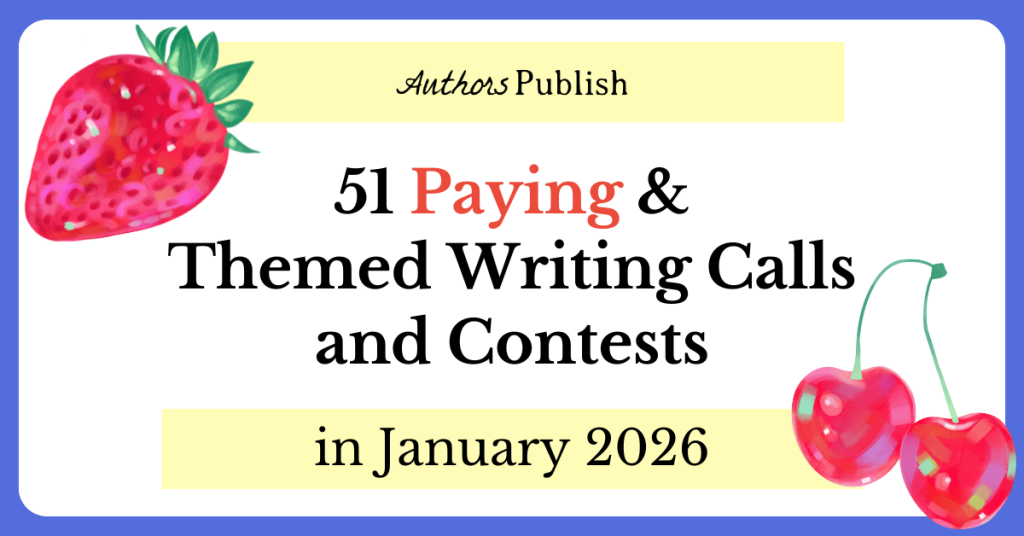By Nicole Pyles
The last couple of years have been an interesting writing journey for me. I transformed from being a writer who lamented over being unable to finish stories to finding joy in the revision process. To tell you the truth, I never thought about intentionally aiming for 100 rejections. It didn’t cross my mind until this time last year when I had waited – no, pined – over the conclusion of a writing contest for 6 long months only to never receive a response to my submission.
After that, I no longer sent out one story at a time nor did I set my sights on winning one particular contest. Instead, I took on the simultaneous submission approach – and still do. Let me tell you that there are far more literary magazines out there willing to accept your work, knowing you’ve submitted it elsewhere, than those who do not accept simultaneously submitted work.
I had heard of the goal of obtaining 100 rejections before but hadn’t thought much of it. So, as rejections came in – it’s far easier to receive rejections when you’re sending your stories out more than one place – I realized I could probably get to 100 rejections. The goal behind trying for this many is along the way you are likely to get a few acceptances. That idea seemed pretty good to me. Thus, my goal of 100 rejections grew.
I’ve since conquered the halfway point to that goal and began to learn a few things that I wanted to share with you.
1) You must read the literary magazines you submit to.
Not only is this familiar advice, but I’ve seen this suggestion in almost every literary magazine I’ve sent my work to. Each one asks the writer to read a past issue or to read previously published work to get an idea of what they like to publish.
At around the 30th rejection, I became a little troubled at how easy it was to get rejected, especially when I was trying for it. I kept expecting an acceptance or two to arrive that would balance out how many rejections I was getting in my email inbox. Yet, none were showing up. I knew I needed to do something different. I decided to start reading more short stories that were being published in literary magazines. You see, I have read short story collections before, but not so much the ones in literary magazines (so, yes I ignored the advice that we’ve all heard for ages).
So, I went back over the literary magazines and started subscribing to a few who sent out stories via email. I also liked a few social media pages to make sure I got notified of new publications. As a result, I discovered a few literary gems that published incredible stories that spoke to me. I also realized a few of the places I attempted to get published in didn’t publish stories I even liked or were interested in. There wasn’t anything wrong with these stories, they just didn’t speak to me. They didn’t look like the stories I was writing.
It was an incredible realization. I never knew I’d feel that way. My advice is to read the stories published in the places you are submitting to. Since not all of us can afford a literary magazine subscription, seek out literary magazines that publish pieces online that you can read for free. For every literary magazine you submit to, sign up for their emails and follow their social media pages. Keep up with what is being published. Doing so will teach you about yourself, your work, and where you fit in.
2) The 100 rejections goal can be a little blinding.
Around the end of 2019, I had 4 short stories and 2 flash fiction pieces completed. All of them were somewhere out there in the literary universe being considered for publication. By that point, I was also midway to my goal of receiving 100 rejections and I began to feel a little troubled by the whole process. I wondered whether or not this was the right approach anymore. I wondered if there was something wrong with the quality of my stories. So I took a brave look at the stories I had been submitting out to the world.
Much to my relief, they were not as terrible as I feared, although one of my stories struck me as being a tad incomplete. Like an undercooked pie, I knew this story needed more time in the oven. So, I took it to a critique group and got feedback. And yes, it needed more work.
What I realized about my 100 rejection goal is that it blinded me. My desire for publication and to have stories ready to submit made me lose sight of my story’s progress. The remote possibility that I’d be published after 100 rejections made me feel like that the key to publication was to submit more. But if my story isn’t ready to be published, it didn’t matter if I’ve submitted to over 500 literary magazines.
Since rounding the bend of 50 rejections, I’ve gone back and re-read a few of my stories. While my rejection rate per story isn’t terrible, and I’ve certainly had my share of positive rejections, I’m reminded to be cognizant of the writing process. Revising is an essential step. So is receiving feedback. Don’t skip the important steps simply to get a rejection.
3) Literary magazines can inspire your story.
Another profound realization I came across is how inspiring literary magazines can be. I love it when I discover a literary magazine publishing an issue with a theme or with a prompt to utilize within your story. I came across one around the time I had discovered a short story of mine needed more work. It was a literary magazine with a “first line” contest where you use the sentence they provide as the first line in your story. I took this contest as a way to transform that story. As a result, the story took on a whole different meaning. The next round of feedback I received was far more positive. I submitted the story to the contest with far more hope that I’d be published.
Unfortunately, I got rejected. However, with that rejection, I received hope. They included a note with my rejection that said, “Well written, Nicole. Try us again.” That was such an incredible feeling. Prior to this, the previous version of my story never got that kind of response. Rewriting it was the right thing to do.
Since then, I have come across more themes and prompts that give my stories new life. I have even been inspired to complete stories that were unfinished before. As you pursue publication with the 100 rejection goal, keep an eye out for themes and prompts in writing contests and literary magazines. Look for ways they can apply to your half-finished or unrevised pieces. My story was transformed because of a single writing prompt and I have far more hope that it will be published now.
Since 2020 began I have slowed down my submission process. Another story has gone back into the revision cooker and I think it has far more of a chance of being published this time around. I haven’t yet passed the threshold of 100 rejections; however, I have learned quite a bit through my attempt. Beyond the lessons I’ve listed above, I have become also far less sensitive about my rejections. Something about getting about 50 rejections within a year desensitizes you. While I haven’t had any of these stories accepted yet, I have received quite a few positive rejections. I’ve heard before that once your rejections become positive, you’re on the right track.
So, if you are pursuing the 100 rejections goal, keep in mind that this goal can be valuable, but also blinding at the same time. It can also teach you a lot about the writing world and teach you to value literary magazines far more than ever before. Happy reading, happy writing, and happy submitting.
Bio: Nicole Pyles is a writer and blog tour manager. She enjoys featuring authors on her blog and putting together blog tours for authors via WOW! Women on Writing Blog Tours. You may read her writing over at her portfolio. Be sure to visit her on Twitter @BeingTheWriter.






